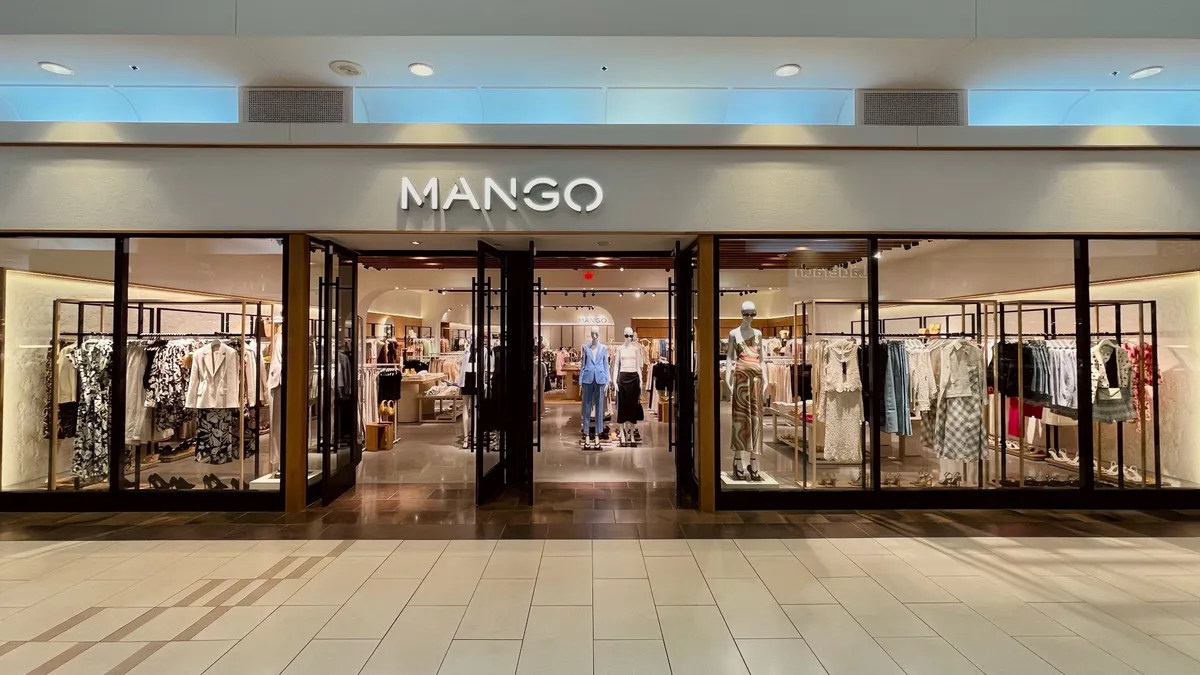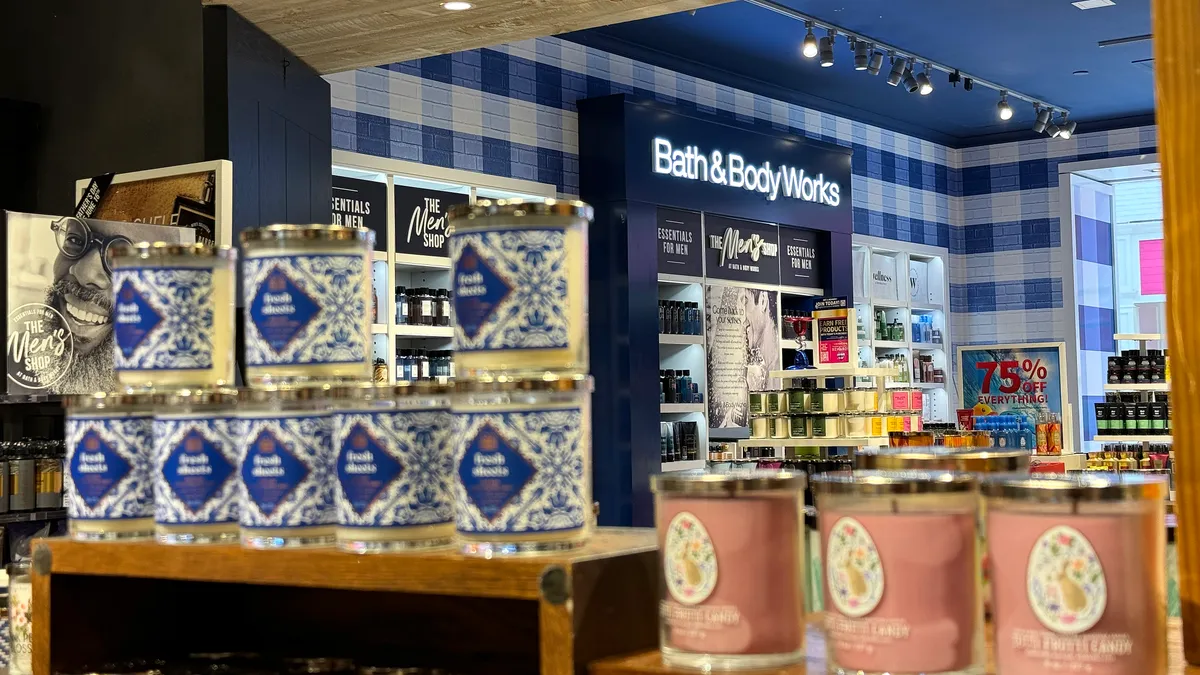Editor's Note: This article is part of a series on the Amazon effect on logistics. All stories in this series can be found here.
While retailers are looking for ways to decrease shipping costs, they’re also focusing on fulfillment, which can sometimes cost as much as shipping.
Deciding on fulfillment options is more than just putting the item in a box or envelope, though. It also involves packing materials, storage and product location. With the rise of e-commerce, brick and mortar stores are deciding whether to fulfill from a warehouse, from their stores or a combined approach.
The rise in fulfillment options is allowing some smaller retailers to compete in the big leagues, using third-party logistics (3PL) providers.
Internal fulfillment versus outsourcing
Retailers have different strategies for fulfilling their orders. Amazon, UPS and FedEx increased their logistics footprint and bottom line by adding fulfillment divisions to take on other customers.
“You can’t have a (fulfillment) cost lower than Amazon. Their charge just for fulfillment is $2.41 for any package under one pound,” says Satish Jindel, president of ShipMatrix, a shipping operations consulting company. Above one pound, the cost is $4.18, with products typically moving from an envelope to a box. One reason for the cost savings is Amazon’s automation. Outside of Amazon, the cost rises to $3.50 - $4.00 for a package under one pound, he says.
Jindel says that because of Amazon’s fulfillment program and high package volume – shipping more than five million packages a day — they can lower their shipping cost, making it cheaper for retailers to fulfill and ship through Amazon. Sellers using Amazon fulfillment are getting a lower shipping price than if they shipped themselves. Amazon profits from the margins, paying UPS $3 to ship a package, for example, and charging the seller $3.25.
The rise in fulfillment options is allowing some smaller retailers to compete in the big leagues, using third-party logistics (3PL) providers.

Supply Chain Dive
FedEx says they have no price sheet for fulfillment, as packaging is customized to the merchant’s needs. They have a menu of services, with the price calculated on the inventory amount they’re managing, the number of SKUs, the space required, and any packaging customization. For example, they can customize a merchant’s box, silk screening the logo on the box or putting ribbons on the inside packaging.
“That’s what builds the price,” said Carl Asmus, senior vice president of e-commerce at FedEx. “A lot of small merchants want a customized approach.” The upside is that retailers are spending less to store boxes with logos, as they’re made on demand.
Fulfillment at store versus warehouse
FedEx and UPS talk with their merchant customers about where the majority of their orders are going, as they tend to sell in certain areas. It may make more sense for them to stage their inventory at a different location if it’s a shorter distance to the majority of their customers, or to use a fulfillment center closer to the customers.
While Alpha Industries sells its military-inspired clothing wholesale, it also has a thriving e-commerce business selling direct to customers since 2000. They ship everything from their own Tennessee distribution center, says Stephanie Cohen, Alpha Industries’ e-commerce marketing manager. They roll fulfillment expenses into the cost of doing business, including warehouse space, labor and packaging, so to just charge customers the actual cost of shipping.
Smaller stores may have a harder time shipping from stores, as they’re not able to carry as much inventory and are not set up for fulfillment and shipping. In that way, using an outside fulfillment company to store and ship their products off-site allows them to compete with larger retailers.
Omnichannel fulfillment
Large merchants can ship products from store to store, helping to leverage their fulfillment in an omnichannel environment, or shifting higher price products that may soon lose value to a different location, due to demand or season.
For example, if someone in New York wants boots in a certain size not available at their local store, the retailer might pull them from a Florida store or warehouse, where that selling season is shorter. The boots may get discounted in Florida in less time than in New York. The retailer then increases their margin by selling the boots from a different region, even if shipping costs are slightly higher.
A lot of small merchants want a customized approach.”

Carl Asmus
Senior Vice President of E-commerce, FedEx
While large companies should be leveraging brick and mortar stores in addition to warehouses for fulfillment, says Jindel, sometimes these retailers ignore the opportunities because of channel conflict. They see e-commerce as separate from the brick and mortar locations.
“They’re blinded, thinking they have to follow the Amazon model using fulfillment centers,” says Jindel. “They’ll never catch up with Amazon using Amazon’s model. They need to learn to leverage their stores.”
While retailers may incur high initial costs to change their model, they should learn how transportation, distance and fulfilment expenses affect their total shipping cost.
How to decrease fulfillment packaging costs
Fulfillment prices depend greatly on what options the customer wants, especially when using an external fulfillment provider. Options may include adding sealed air, custom boxes or even ribbons on the packages.
Decreasing package size can lower shipping costs, but it can also lower the fulfillment packaging costs. Jindel recommends minimizing the shipping cube size used for packages. “A lot of companies throw peanuts and bubble wrap in, paying for the air and unused space in the box,” he says. He tells clients to use an envelope when you don’t need a box, and to use the smallest box possible for the package. Most items are already supplied in well-designed packaging, so duplicate materials aren’t usually necessary.
When buying transportation, you’re buying space on a truck, airplane or ship. The dimensions of the of item being shipped is critical. In their packaging labs, both UPS and FedEx will work with customers to reduce their transportation costs, having their engineers design the packaging to take up the least amount of space during shipping.
“Truly, the issue is not how much something weighs, but how much space it takes up,” says FedEx’s Asmus. “If you’re shipping nothing but lampshades, you can fill a truck and trailer load, and it won’t weigh much, but it takes up the same amount of space as shipping lead in those trucks. It’s about how much space the item is taking up.”
When UPS works with clients to reduce package size, a computer stores the box dimensions. The system knows what box size to create for an item, and creates a box with just enough room to drop the product inside. “We work with customers to bring those technologies into the supply chain, to reduce overall shipping cost, but also to minimize packing material and damages,” says Sean Flaherty, senior director of global retail strategy at UPS.





















